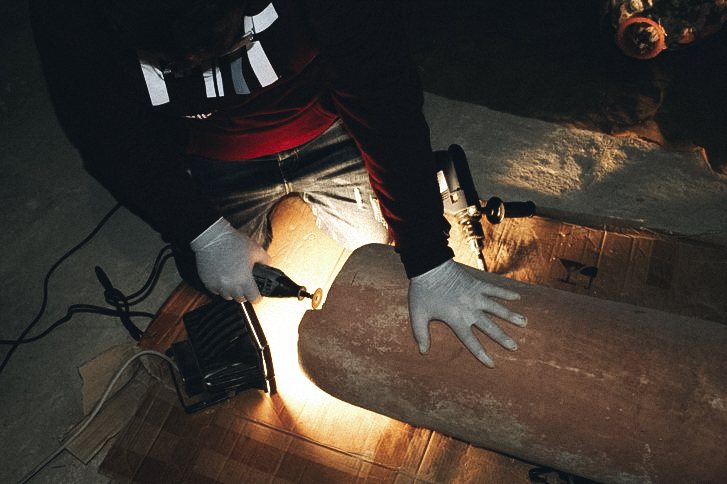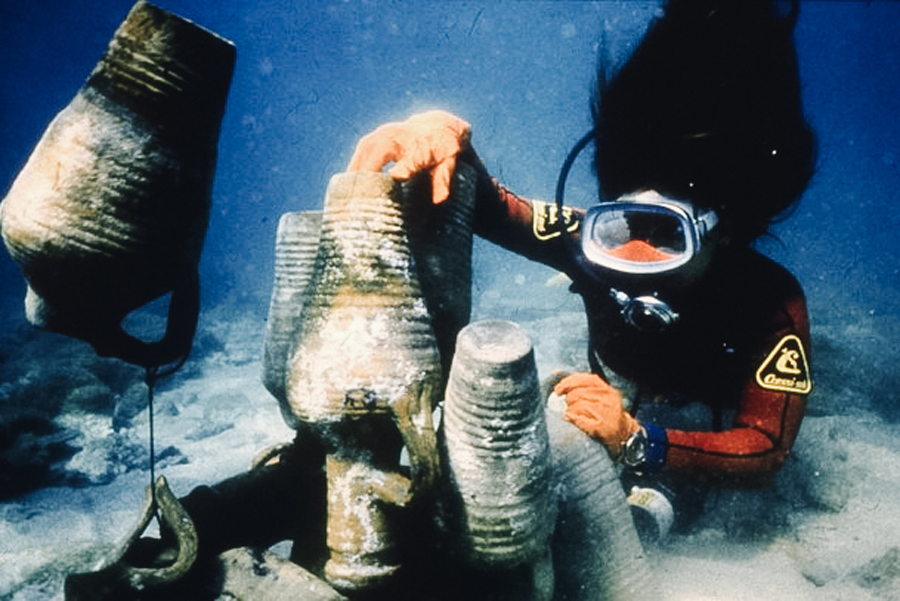Davide Tanasi, assistant professor of history at the University of South Florida and a team of researchers from across America and France recently embarked on a project that hopes to provide answers to help characterize the content of Roman and Late Roman amphorae, a tall Roman jar, likened to pottery, with two handles and a narrow neck.
The amphorae studied come from several different shipwrecks identified off the coasts of Marsala, in Western Sicily. This coastal city was a major Roman port and trading post between Tunisia and Italy. The high number of amphorae recovered from the underwater shipwrecks of various periods testifies to a consistent flux of goods moving from north Africa to Sicily and possibly vice versa.

A total of 33 vessels, ranging in chronology between the 2nd and the 7th century CE, were sampled over the summer months in 2018 and were subsequently submitted for Gas-Chromatography Mass Spectrometry (GC-MS) analyses – a technology used to analyze trace level and unknown compounds, including benzenes, alcohols and aromatics, and simple molecules such as steroids, fatty acids, and hormones.
The preliminary results showed the presence on seven amphorae of palmitic, stearic and linoleic acids which are the markers of olive oil.
To identify the content of those containers and consequently to characterize an entire cargo would be extremely helpful to shed light on the commercial and economic dynamics of the system Sicily-North Africa in the Late Roman period.
Using the GC-MS technique and Liquid-Chromatography Mass Spectrometry (LC-MS), another analytical chemistry technique to identify substances, it will be possible to identify the chemical signatures of organic residue imbued in the ceramic body of the amphorae and define other contexts such as grape wine and other goods that may have been transported across the ocean.
To such extent, the collaborative research project continues, with Dr Michelle Bonifay and Dr Filippo Pisciotta, (Centre Camille Jullian, CNRS and Aix-Marseille University, Aix-en-Provence, France). The team will continue their work to characterize the remaining contents of a group of amphorae held at the Archaeological Museum “Baglio Anselmi” of Marsala.
Further analyses to learn more about what could have been housed in the amphorae are still ongoing.
